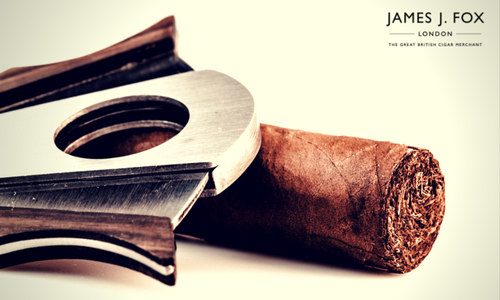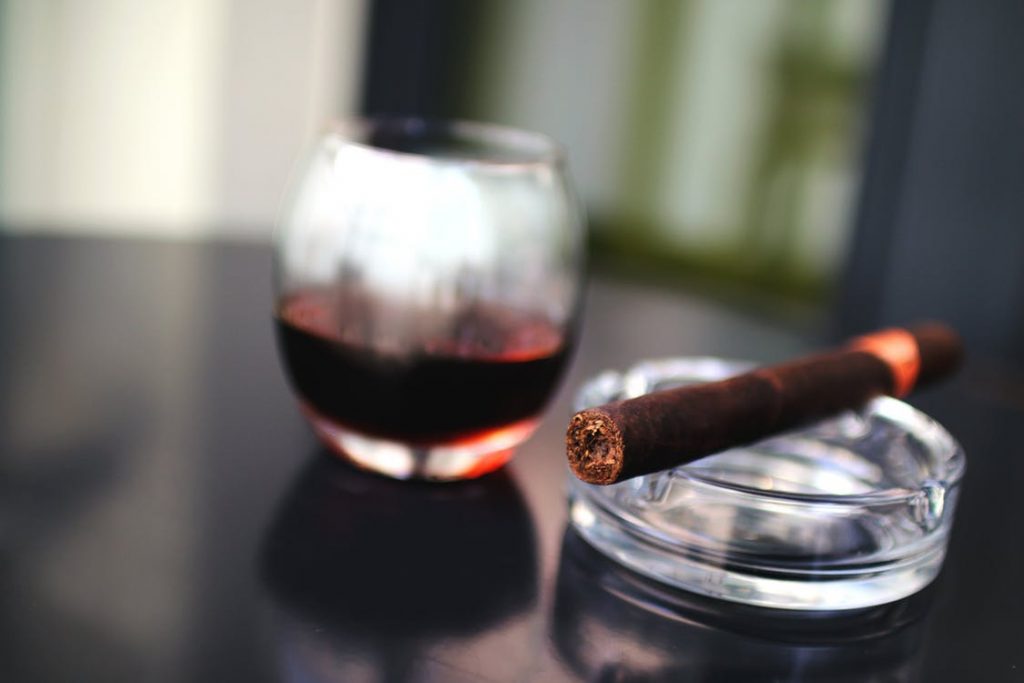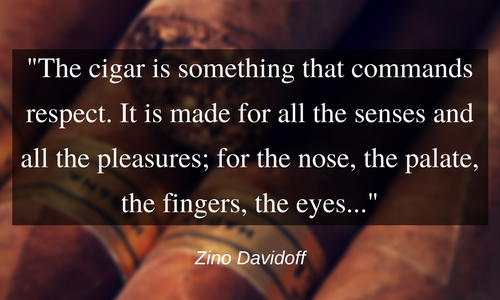Cigar 101: Anatomy of a Cigar
As part of our Cigar 101 series, we’ve already explored several crucial elements of a cigar: flavour, strength and size. The anatomy of a cigar is equally important. Sure, you don’t need to understand its ins and outs in order to fully enjoy a smoke; however, knowledge of a cigar’s components can help you navigate the world of smokes and understand what a high-quality cigar is made of.



Structure of a Cigar
Learning about the structure of your cigars will provide you with a newly-found appreciation for them, giving you a better and fuller experience as you smoke. Every cigar will be different, but they are composed mainly of three different parts: cap, body and foot.
Cap
This section is one of the most important elements of the cigar, as it’s the one that holds everything together. It’s a small, round piece of tobacco applied to the top of the smoke to secure the wrapper and prevent it from unravelling. Right after the cap comes the head of the cigar, which is its closed end. The cap and the head are the parts that you cut before beginning to smoke your cigar. Smokers typically clip their cigars about 2 to 3 millimetres with the appropriate cigar cutter and only then do they light the foot.Body
The main part of the cigar. Every component that makes up the body of a cigar is carefully chosen to ensure it provides the maximum impact on the smoke as a whole. The body is composed of three different layers. Filler – the tobacco leaves at the centre of the cigar and the blend that you smoke. Fillers are incredibly varied, although they are usually created with a combination of the three different tobacco leaves characteristic of every tobacco plant: ligero, seco and volado.- Ligero: crafted from the leaves at the top of the tobacco plant, which are also the most flavourful. The more ligero leaves included in a cigar, the stronger it will be.
- Seco: made from the middle part of the plant, which produces mild leaves.
- Volado: the bottom leaves of the tobacco plant, they have the best burning ability, even if not the most flavour. This means that volado leaves are not added because of its taste, but because they allow your cigar to burn properly.

Foot
The foot is the open end of the cigar and it’s the part you light, as it isn’t sealed with the wrapper. When you look at this section, you can clearly see the blend that makes up your smoke, from the filler to the binder. Smelling it before lighting the cigar only adds to the experience, as it allows you to discover the beautiful aromas contained within the smoke.



